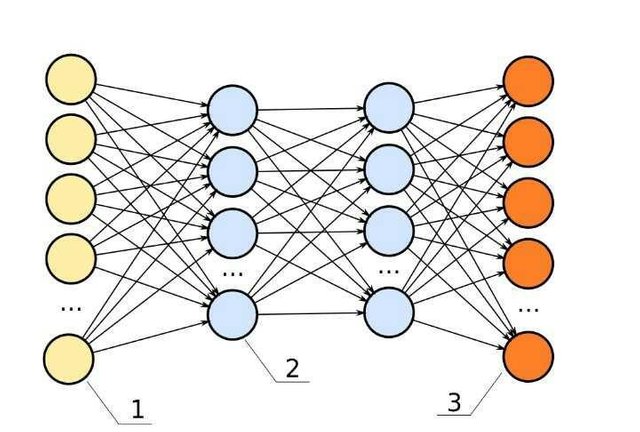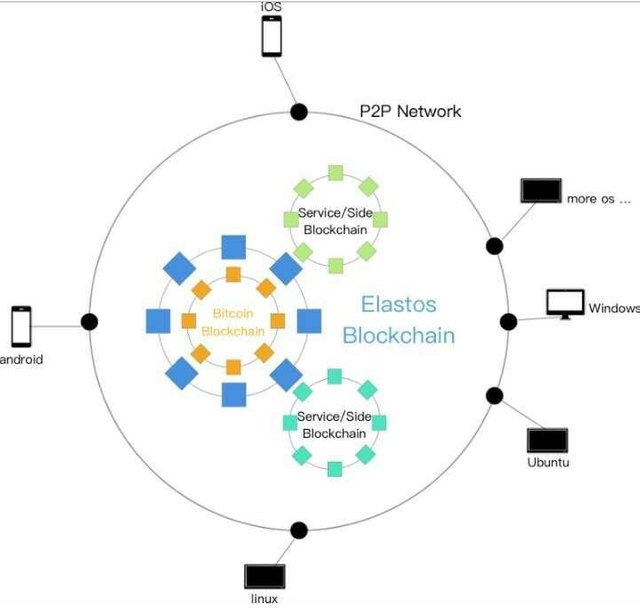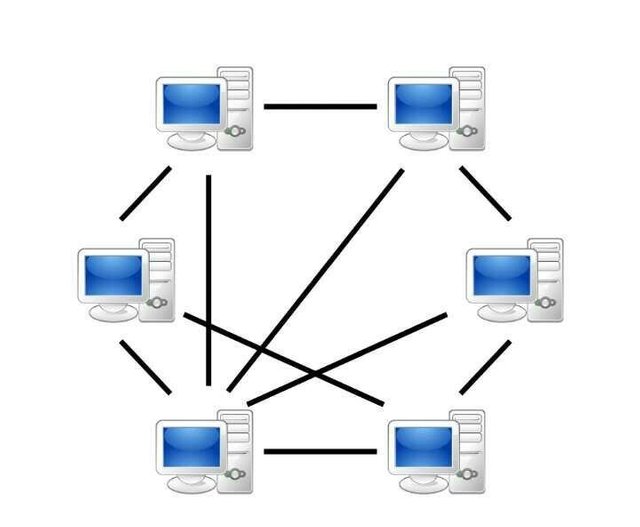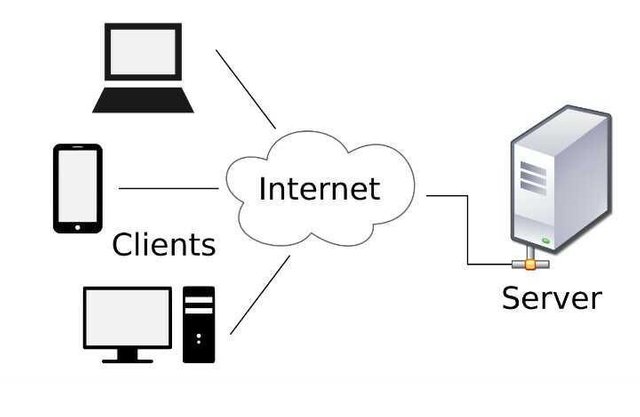Computer Networks, the neural framework of our global village.
Like the neurons and skeleton in biological systems, Computer Networks form the framework for the world being a global village. Think of a Network as a group of computers with a number of other devices ( let's say printer, scanner, modems and so on) that are connected together via a transmission medium. Although, a network offers similar advantage to a standalone computer, but most importantly a network allows multiple users to share devices (we can say a scanner) and data (let's say images/videos). These devices and data are collectively known as network resources.
 Image credit: Wikimedia Commons, Neural_network BY Zufzzi CC 3.0
Image credit: Wikimedia Commons, Neural_network BY Zufzzi CC 3.0
The internet itself, the steem blockchain and your smartphones used in reading this can all be considered as a computer network. So we can say a network is a set of devices (also can be called nodes i.e any device capable of sending and receiving data generated by other devices ) that are connected via a communication channel/medium/link (a communication link could be cable, air, optical fibre or any material capable of transporting an electrical signal-carrying information).
 Image credit: Wikimedia Commons, Elastos_Blockchain_structure BY Elastos CC 4.0
Image credit: Wikimedia Commons, Elastos_Blockchain_structure BY Elastos CC 4.0
Schemes used in Computer Network
There are two fundamental schemes or models by which computers can be made to communicate and share resources.1. Peer to Peer Networks
 Image credit: Wikimedia Commons, P2P-network BY Mauro Bieg CC 3.0
Image credit: Wikimedia Commons, P2P-network BY Mauro Bieg CC 3.0
Computers using this scheme communicate with each other directly with no one having more authority than the other. This is the simplest form of a computer network.
Peer to peer networks advantages
i. They are easily setup/configured.ii. They are inexpensive to establish and maintain.
Disadvantages
i. As network growth increases over time, they are not robustly flexible to change or expansion.ii. In practice, it is not suitable for connecting larger than a handful of computers.
2. Client or Server Networks
 Image credit: Wikimedia Commons, Client-server-model BY David Vignoni CC 3.0
Image credit: Wikimedia Commons, Client-server-model BY David Vignoni CC 3.0
Another scheme to implement a network is to use a central computer (known as a server) to enhance communication and resource sharing between other computers on the network (these other computers can be referred to as a clients or work stations). The computer that serves as the server runs on an OS (the Network Operating System, NOS) designed to specifically coordinate/manage data and a number of resources for clients. Another function of NOS is to allow only authorized users to access the network and as well control the files a user can open.
The advantages and disadvantages of the client/server network is the reverse of the peer to peer network.
The client/server network model is the most employed and popular type of network making it possible to classify it based on size.
i. Local Area Network (LAN): this network type is restricted to a comparatively small space.
ii. Metropolitan Area Network (MAN): this network is larger than LAN.
iii. Wide Area Network (WAN): this network type connects many geographically distinct Local Area Network and metropolitan Area Network.
Some terminologies and elements used in Computer Network
• Node: a device capable of communicating over a network and has a unique address.
• Server: a computer designed to specifically manage resources on a network.
• Client: a computer that requests resources/services from other network computers
• Host: a computer enabling resource sharing within network computers.
• Network Operating System (NOS): a software specifically designed to run on a server to enable data, security, groups, applications and users management with other network functions.
• Network Interface Card (NIS): a device inside of a computer that connects it to a network making it possible for communication with other computers.
• Connectivity devices: are specialized devices making it possible for several networks to connect and exchange data.
• Segment: A group of devices or nodes using the same communication path for all their traffic.
In conclusion, Computer Network forms the bedrock of our connected world.
Reference/Further reading
study.comUntil next time keep #steemSTEM!
Hello! I find your post valuable for the wafrica community! Thanks for the great post! @wafrica is now following you! ALWAYs follow @wafrica and use the wafrica tag!